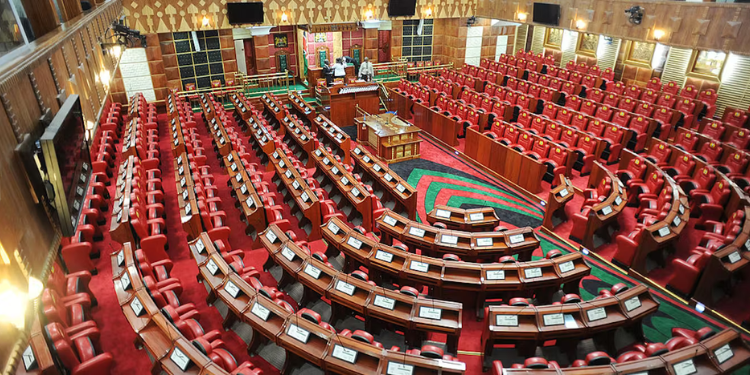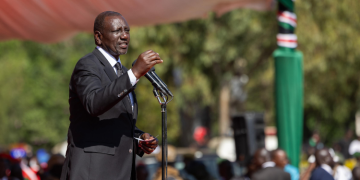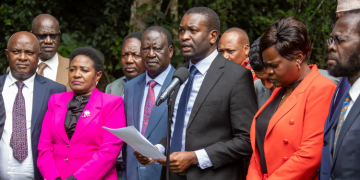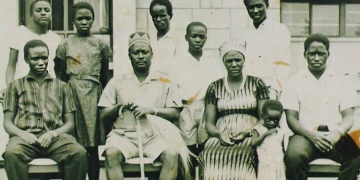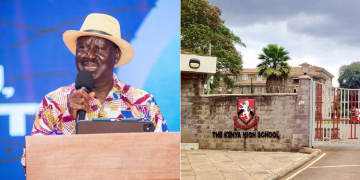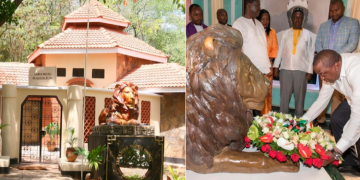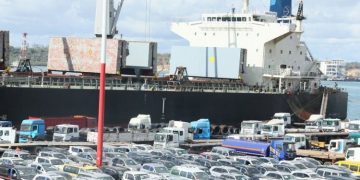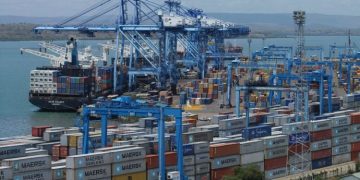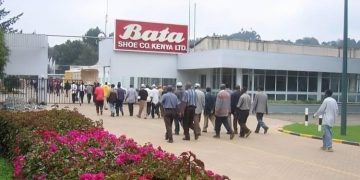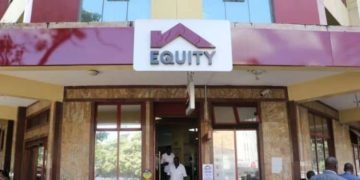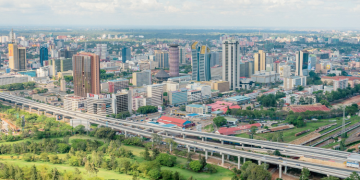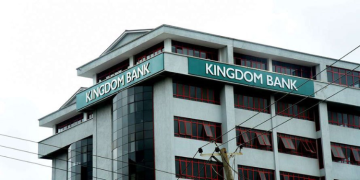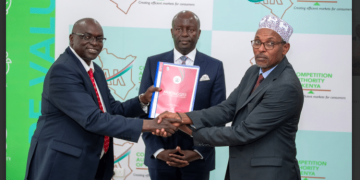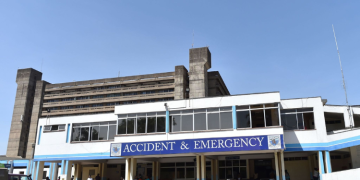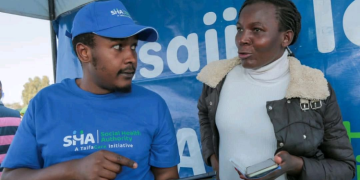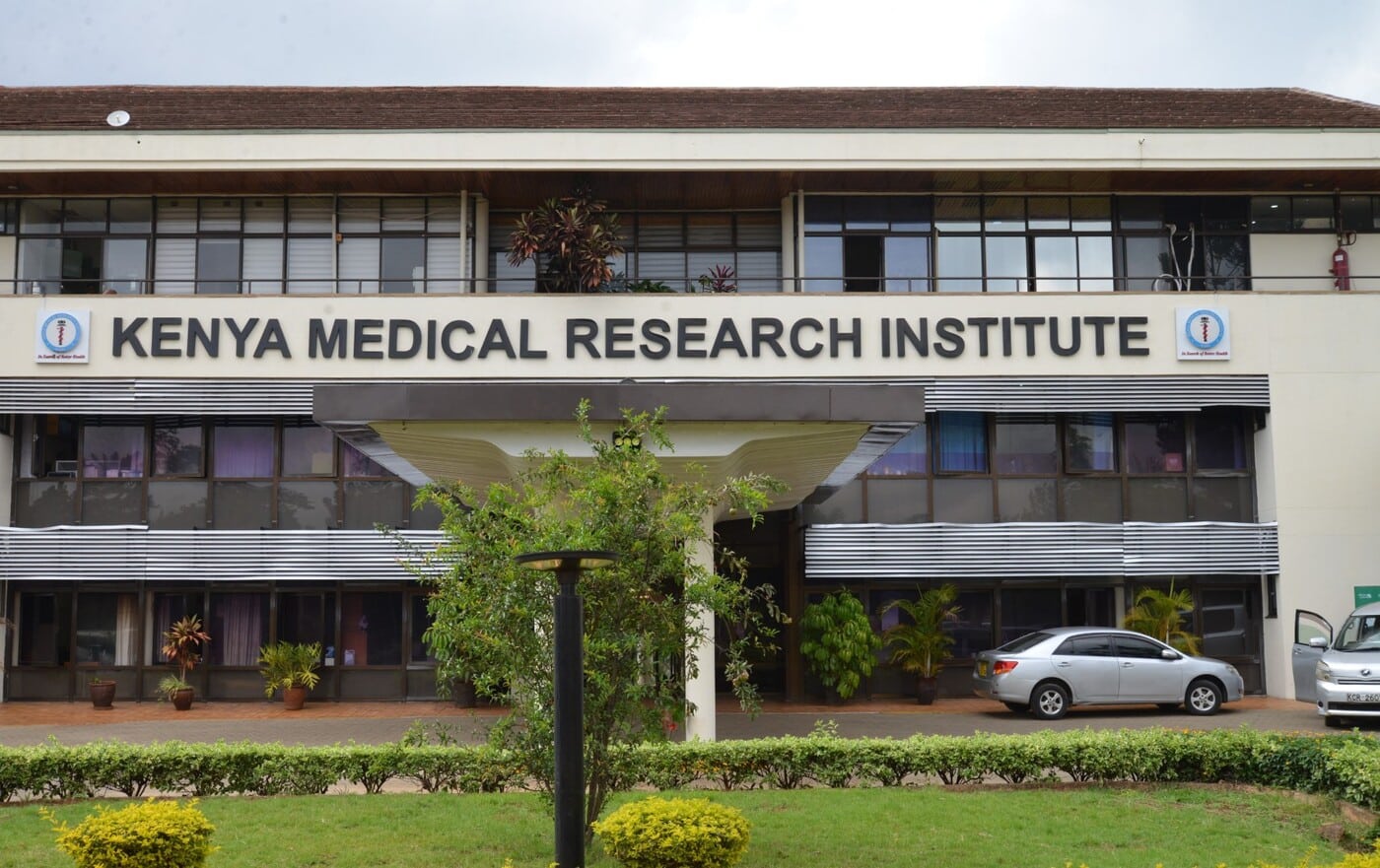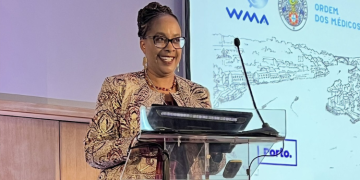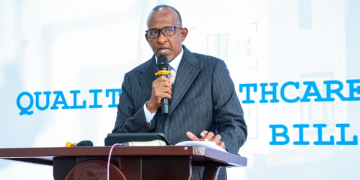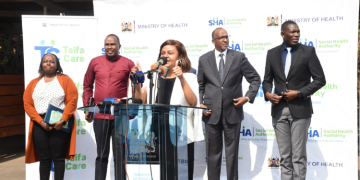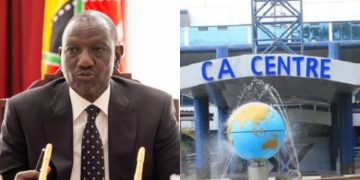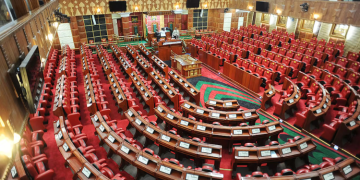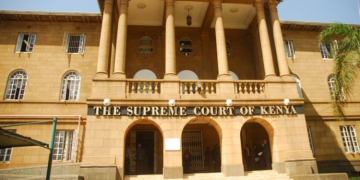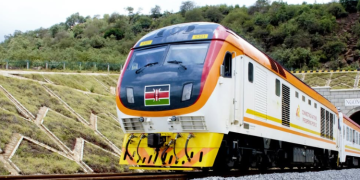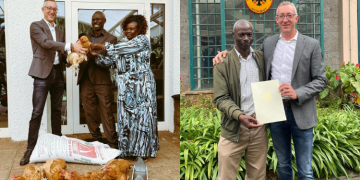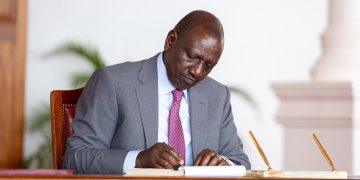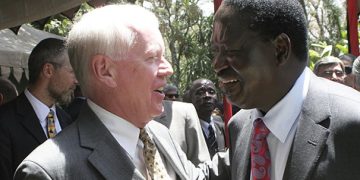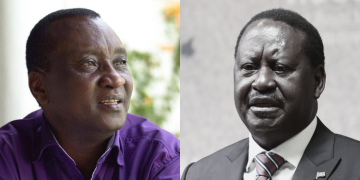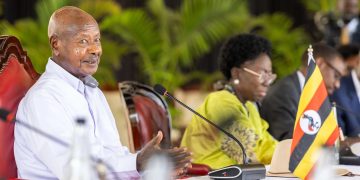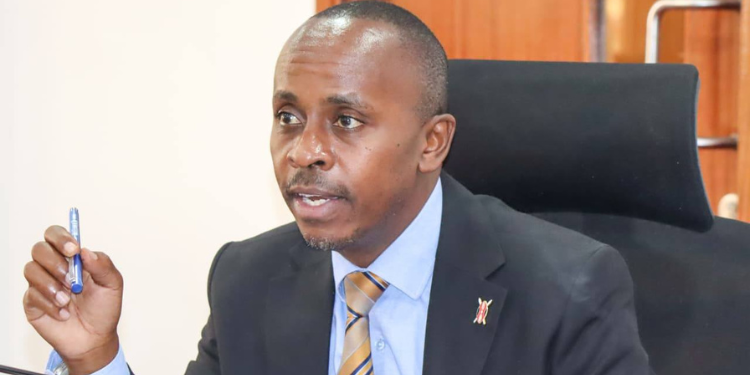Members of Parliament (MPs) have raised concerns over timelines, accountability, and value for money in the implementation of Kenya’s National Fibre Optic Network — a multibillion-shilling government project that has reported only Ksh 3 million in annual profit despite an investment of Ksh34.3 billion.
On October 14, members of the National Assembly Committee on Communication, Information and Innovation questioned the project’s management after it emerged that, out of an ambitious target of 25,000 public Wi-Fi hotspots, fewer than 2,000 have been installed in the past four years.
Additionally, the lawmakers have also called for access to all contract documents, saying taxpayers deserve to know how billions were spent with minimal returns.
The Committee, chaired by John Kiarie, has directed the ICT Authority (ICTA) to reappear before Parliament with detailed financial statements, audited performance records, and explanations for the underwhelming result
They expressed dissatisfaction with ICTA’s submission, terming it “futuristic” and detached from ground realities, citing numerous cases of non-functional Wi-Fi hotspots, abandoned digital labs, lapsed maintenance contracts, and unexplained financial inconsistencies.
MPs Expose How Ksh34 Billion Govt Project Reported Only KSh3 Million a Year Profit
Lawmakers faulted the ICT Authority’s presentation, stating it failed to reflect the realities on the ground, as several digital labs across the country remain non-operational years after installation.
They called for a comprehensive geo-map showing all installed sites and their current working status, terming it wasteful and unjustifiable to launch new projects while existing ones lie idle.
Members also questioned the impact of the reported 1,700 public Wi-Fi sites, noting that many hotspots in major towns, including Nairobi’s CBD, either fail to connect or suffer frequent downtimes despite being showcased during official launches.
Also Read: Senators Demand Reforms After Shock Over State of Busia Border
The Committee further criticised the Authority for providing projections instead of factual data, insisting that oversight requires access to revenues, expenditures, and contract performance records from the past three years, rather than ambitions for future periods.
Members further highlighted inconsistencies in how contractors are paid. While ICTA claimed payments were made upon invoicing, some contractors said they were paid directly by the parent ministry — a revelation that MPs said exposed “serious financial coordination gaps.”
The Committee has since instructed the ICT Authority to return with verified data and evidence addressing the specific gaps identified before any further progress on the project can be evaluated.
Also Read: Questions as MPs Approve Granting of Diplomatic Privileges to Global Centre for Adaptation
Govt Efforts to Complete National Fibre Network
By June 2013, a total of 4,300 kilometers of the National Optic Fibre Backbone Infrastructure (NOFBI) had been laid across 27 counties. By June 2016, the network had expanded to cover over 6,000 kilometers, reaching all 47 counties.
According to progress reports, 44 out of 46 Outside Plant (OSP) and Local Area Network (LAN) surveys have been completed.
Installation of equipment has been finalized in 29 counties, while work is still ongoing in 9 counties.
Additionally, OSP and LAN installations have been completed in 29 counties, are ongoing in 12, and are pending design and wayleave approvals in 5 counties.
Follow our WhatsApp Channel and X Account for real-time news updates.
